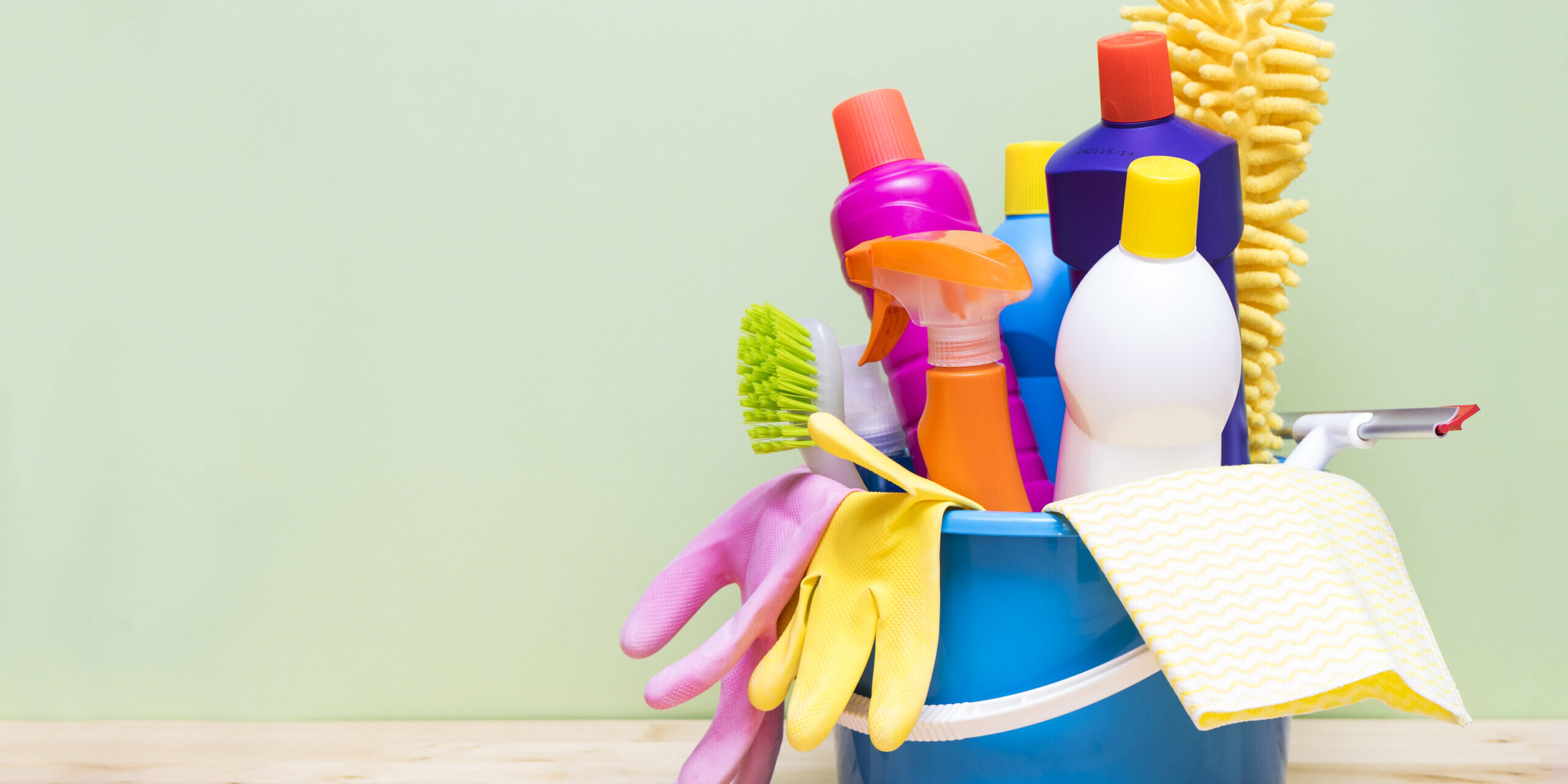Even if you pride yourself on having a spotless home, there are always those few chores that you let slide. These are often the little things that aren’t that noticeable… until you notice them.
Spring cleaning is when many of us tackle those tasks. Besides making our home look nicer, this annual event has a few other benefits. A clean house is a healthier house, especially if you live with anyone who suffers from allergies. A thorough spring cleaning can help you declutter, reduce stress, give you a sense of accomplishment and can even make you more productive.
Cleaning everything can feel like an overwhelming task, so much so that it can be hard to decide where to begin. Luckily, we know a few tips and tricks that will make spring cleaning both productive and efficient.
How to prepare for spring cleaning
Whenever you’re facing a large task, getting started can be the hardest part. Here are a few tips to make that first step a little easier.
Schedule spring cleaning time
Spring cleaning is a bit like going to the dentist — until you schedule that appointment, you may keep putting it off. Look at your calendar, pick a couple of back-to-back days and schedule your spring cleaning.
Hold yourself accountable
Tell people about your spring cleaning plans, take the days off from work, post about it and get a family member or two involved. Holding yourself accountable is one of the best ways to guarantee follow-through.
Create a plan
Before you start, outline a plan that details what you want to accomplish. This has two main benefits: it gives you a clearly defined goal, and it helps guard against spending too long on a single task.
Get your supplies in advance
You can lose a lot of time (and momentum) running to the store because you ran out of Magic Erasers. Make a list, check it twice and gather everything you need before you start.
General tips and tricks for spring cleaning
Work your way down
This doesn’t mean you have to start on the top floor and end in the basement. Whatever room you’re in, clean all the high areas first — you don’t want to be dusting shelves after you’ve cleaned the floor. An extendable microfiber duster is an excellent way to get those hard-to-reach high spots, whether they’re on the ceiling or the tops of your ceiling fan blades.
Dust first
When you add water to dirt, it turns into mud and creates a bigger mess. To an extent, the same thing happens with dust. Before cleaning with a damp, soapy cloth, give the area a quick dusting.
Instead of dusting, consider vacuuming
Speaking of dusting, when you dust, it’s inevitable that some of what you’re wiping up will become airborne. Once that dust settles, you’ll need to clean again. To save time, consider using a lightweight vacuum with a soft brush attachment to accomplish some of your dusting tasks. This strategy may be particularly helpful on larger areas such as walls and curtains.
Don’t just clean the walls
After placing your drop cloth on the floor, filling a bucket with warm water, and adding a dash of mild detergent, you’re ready to wash those walls. However, you shouldn’t stop there — clean the doors and the baseboards while you’re at it.
Clean on the inside, too
It can be easy to make everything you see sparkle, but the real cleaning pros know that dirt can be anywhere, even in places you can’t see. When tackling your spring cleaning chores, don’t forget to take a damp microfiber cleaning cloth and wipe out the insides of all drawers and cabinets.
Don’t neglect your plants
Dust settles on everything, even plants. Besides providing your in-home greenery with sunlight, water and nutrients, you need to keep them clean as well. A layer of dust can clog a plant’s pores and affect photosynthesis. In some instances, you can just set your plants outside on a rainy day to clean them up. Unfortunately, that won’t work in every case, so you may need to do a little research to discover what’s best for your particular plant.
Clean your trash cans
While you might take out the trash on a regular basis, when’s the last time you gave those trash bins a good scrub-down? Spring cleaning is the perfect time to gather all the trash cans in your home, empty them out and hose them down on the inside and out. If there are any stubborn spots, consider using a scrub brush and some warm soapy water. After you’ve finished, you can spray the insides with Lysol if you’d like.
Consider purchasing a vacuum with a HEPA filter
The best vacuumdoesn’t just clean dirt off of the floor, it helps clean the air you breathe as well. A High Efficiency Particulate Air (HEPA) filter can remove 99.97% of particles down to 0.3 microns in size from the air in your home. Using a vacuum with a HEPA filter not only makes your home environment healthier, it can be a game-changer for anyone who suffers from allergies.
Clean your cleaning tools
When you’re finished with your spring cleaning, you still have one task left to perform: clean your cleaning tools. Anything that you clean with collects dirt and bacteria. Over time, these items can and will develop an unpleasant odor. A kitchen sponge is a perfect example of this. Before posting that “after” spring cleaning picture on Instagram, give your cleaning tools a good washing. Once you’ve done that, you can relax — you’ve earned it!
Tips Provided by the Orlando Sentinel February 27th, 2021

